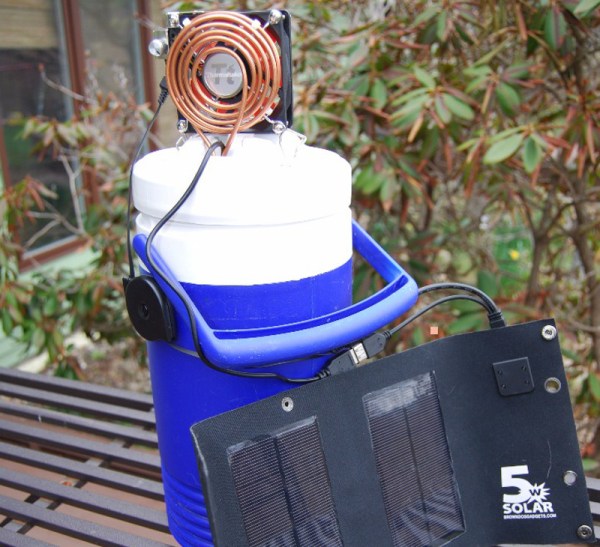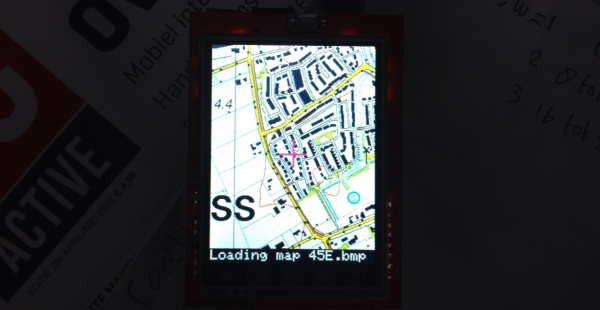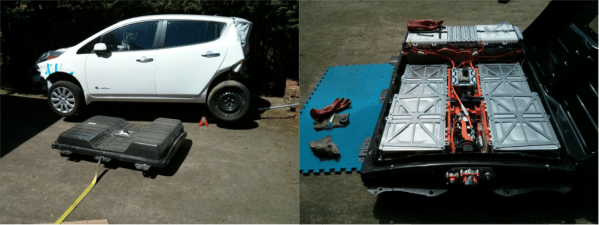Want an impressive example of what a few people can do in a garage? How about building an electric car, from scratch, starting with a gigantic chunk of foam?
The Luka EV from [MW Motors] had a few project aims: it should be all-electric, naturally, with a top speed of 130km/h or 80mph. It should have a range of over 300km, and it should look good. That last line item is tricky; it’s not too hard to build an electric car, but to make one look good is a challenge.
The design of the car actually started out as a digital file. A large block of foam was acquired and carefully carved into the desired shape. This foam is covered fiberglass, and parts are pulled off this fiberglass mold. This is a great way to do low-volume production – once the molds are complete, it’s a relatively simple matter to build another body for a second Luka EV.
With all the lights, accessories, windows, and trim installed, it’s time to put this body on a chassis. This was welded out of square tube and serves as a test rig that can be independent of the mess of fiberglass. In the chassis are batteries, suspension, motor controllers, and wheels loaded up with hub motors. It works well, even with one motor.
There’s a lot more to this project, including a great guide on building a road legal car in the UK. The team isn’t based in the UK, but it’s a much more friendly environment for ‘small series’ vehicles. The requirements are easy to meet – “have a horn”, for example – but there are a lot of them.
Already the car is beautiful, and that’s just with it sitting on a trailer. We can’t wait to see this thing hit the road.






















